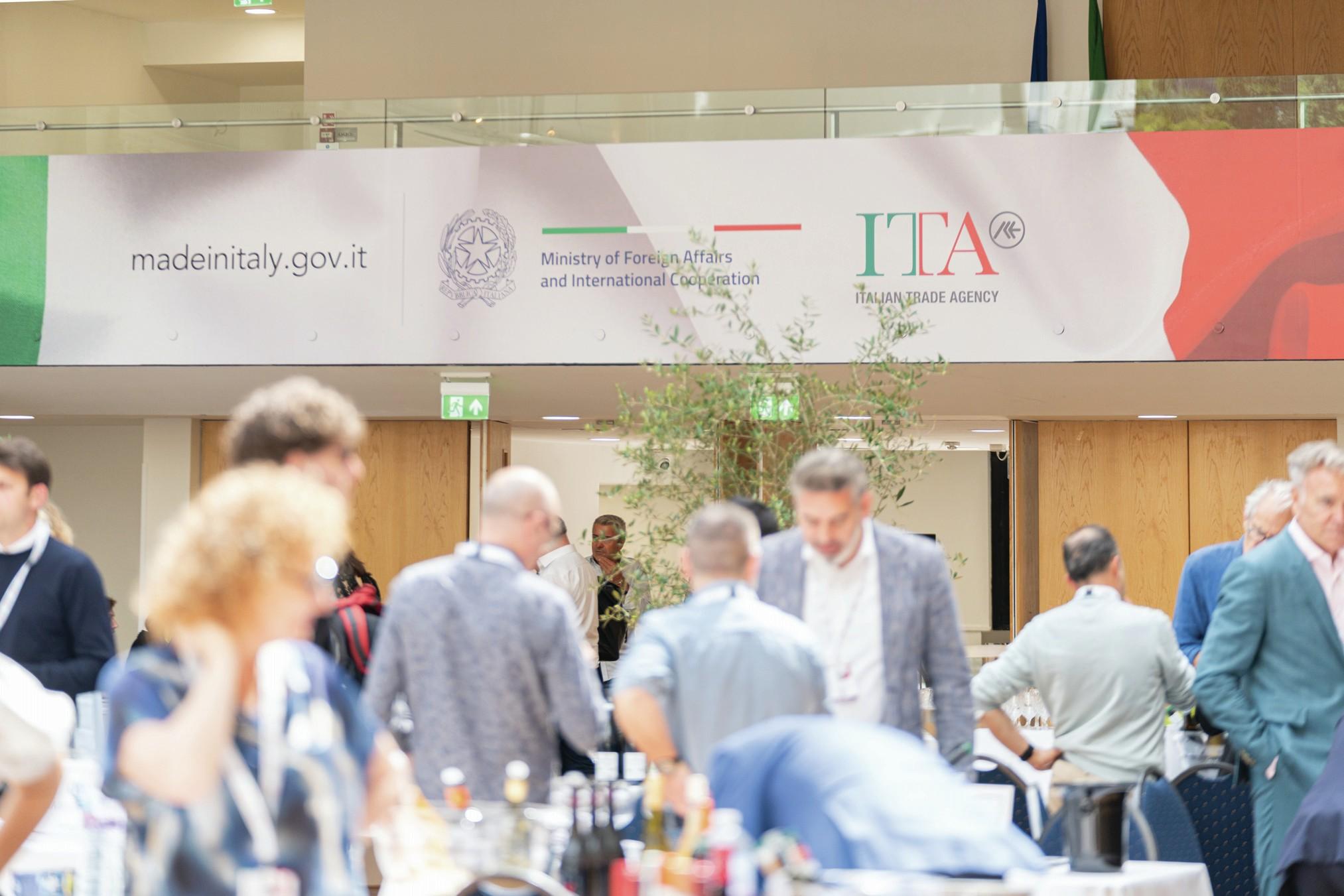What does it take for non-Bordeaux wines to succeed on La Place?
As each year passes, more and more non-Bordeaux wines are being traded on La Place de Bordeaux. But what does it take to succeed using this unique trading system – and what does that success look like? Richard Woodard reports.

La Place de Bordeaux has seen huge change over the past few years. Not so long ago, only a handful of non-Bordeaux producers were present, but in autumn 2022, more than 100 wines from 11 nations were launched to exploit its unique connection between winery, courtier and négociant. Those numbers are set to grow further in 2023.
The surge is being fuelled by a desire among producers to tap into La Place’s two major strengths: its ability to reach collectors all over the world, and the prestige it confers on the wines it trades.
But the transformation of La Place raises questions about the system’s future, and how wineries should adapt to its evolution. As a recent report from Liv-ex cautions, being accepted onto La Place is no guarantee of success, and there are fears that its expansion may, in time, dilute its effectiveness.
1: What’s the right kind of wine for La Place?
Only wines of a certain status lend themselves to La Place, but it’s not always the most obvious names. For example, Penfolds’ sole wine trading on La Place is not Grange, but Bin 169 Coonawarra Cabernet Sauvignon.
“Putting Bin 169 on La Place allows us to shine a light on a lesser-known, yet highly acclaimed ‘Luxury & Icon’ wine within the Penfolds range,” says Gregory Joos de ter Beerst, sales director – Europe at Penfolds International. “As Bin 169 is a terroir-driven wine exclusively from Coonawarra, its profile fits very well with the approach employed by La Place to selling Bordeaux estate wines.”
Scarcity and an established position on the secondary market are desirable attributes here – hence the recent success of Champagne Philipponnat’s trio of single-vineyard cuvées, Clos des Goisses, Clos des Goisses ‘juste rosé’ and Clos des Goisses LV (long viellissement).
Provenance matters too. When Marqués de Riscal returned to La Place last October after an absence of more than a century, it was with Tapias 2019, sourced from a high-altitude Tempranillo vineyard near the town of Elciego.
But there’s also a link with Bordeaux: Riscal general technical manager Francisco Hurtado de Amézaga describes Tapias as “a wine which evokes those which the house was making in the early days, with a certain Bordeaux influence in the winemaking methods”.
Staying in Rioja, Telmo Rodriguez’ La Place wine is Yjar, another single-vineyard bottling from the foothills of the Sierra de Toloño in Rioja Alavesa. “For us, the idea was clear,” says Rodriguez. “Rioja has been watching Bordeaux since the 18th century – it has been our inspiration to produce exceptional wines. So now, to come back and to be in La Place makes sense. It is first to speak the same language and, of course, to be in the same playground like all the grands crus from Bordeaux.”
2: How should you support a presence on La Place?
If selling a wine via La Place is no guarantee of success, doing so without adequately supporting that wine is a recipe for failure. Chile’s Viñedo Chadwick and Seña have been present on La Place for over a decade, and – according to MD Juan Carlos Pagola – every expectation has been met so far.
“We have achieved this by working together with each one of our négociants, with whom we create distribution strategies according to the strengths that each of them has in the different markets,” Pagola explains. “We are constantly participating in the most well-known and exclusive fine wine tastings, fairs and events worldwide.”
For Argentina’s Catena Zapata, educating Bordeaux négociants who had never visited Argentina – or even tasted the wines – was another key early task. But the learning process runs both ways. “It has been great fun to go on our annual Bordeaux ‘pilgrimage’ every year to taste with the sales team of each négociant,” says Catena Zapata MD Laura Catena. “Our courtier, Excellence Vins, has been very helpful in teaching us ‘the ways of the négociants’.”
Partner Content
But, for new entrants like Montes, which launched Maipo Cabernet Sauvignon Montes Muse onto La Place last year, it takes time to perfect your strategy. “We are learning,” says marketing director Danilo Buvinic. “We will start with different presentation events in different important cities through the world. After that, we can see if that is enough or not.”
3: What does success on La Place look like?
The simplistic answer here is “selling your wine”, but the benefits can run deeper than that – in terms of market access and raising a producer’s profile. “Since we started working with La Place, we have greatly increased our distribution for both of our wines,” says Richard Gordon, négociant exports manager at Catena Zapata, which trades Nicolás Catena Zapata and Adrianna Vineyard Mundus Bacillus Terrae Malbec via La Place.
“This has happened through working with a wider range of customers in markets where we have historically sold, and through selling in new countries. Due to this increase in distribution and demand, our wines are becoming collectors’ items and increasing in price.”
Penfolds sold out of the 2018 vintage of Bin 169 within a few months of release in September 2021, reaching 170 customers in more than 35 countries, says de ter Beerst. “That prestige adds to our brand equity and, whilst this is notoriously difficult to quantify, the continued high demand we are seeing across Europe for Bin 169 and many of our other Luxury & Icon wines, including Yattarna, St Henri and Grange, across the world is testament to this.”
4: How quickly does La Place deliver results?
Sometimes swiftly, given the right combination of reputation and scarcity – Telmo Rodriguez’ Yjar and Champagne Philipponnat’s Clos des Goisses trio are good examples – but it can also take years to reap the full benefits of La Place.
Seña and Viñedo Chadwick have been active for over a decade (second wine Rocas de Seña has recently been added too), while Catena Zapata’s top wines first traded in September 2018. Both companies have been successful, but both have learned valuable lessons along the way.
Uruguay’s Bodega Garzon has sold its icon wine, Balasto, on La Place for several years, and – says Garzon consultant and Quattro Fine Wine Solutions CEO Andres Ballesteros – one of the key takeaways has been the need for patience, and an appreciation that trading on La Place is a long-term strategic play.
That’s also appreciated by Montes. While Buvinic describes early sales for Muse as “amazing”, he thinks it will be some years before the winery considers expanding its offer on La Place. “We need results first,” he says.
5: As La Place expands, will its effectiveness be diluted?
Perhaps the key question, particularly for wineries still thinking about whether to enter the market. Opinions vary widely, from Champagne Philipponnat president Charles Philipponnat’s fears that a more crowded La Place will lose some of its lustre, to de ter Beerst’s assertion that expansion merely reflects the growing diversity of the fine wine world.
But that does not mean that everyone will prosper. “More non-Bordeaux wines are being sold through La Place,” says Pagola. “But in my opinion, entering La Place doesn’t guarantee success … You need a history behind the label, you need to support La Place with different events in all markets, among many other things. Creating special cuvées only for La Place is not enough.”
De ter Beerst echoes this and highlights the need to balance high expectations with hard work and a sound marketing and communication strategy, concluding: “The work of putting a wine on La Place is the final piece of the puzzle, not the first one and certainly not the only one.”
Related news
Strong peak trading to boost Naked Wines' year profitability




